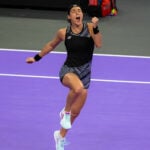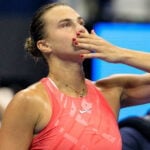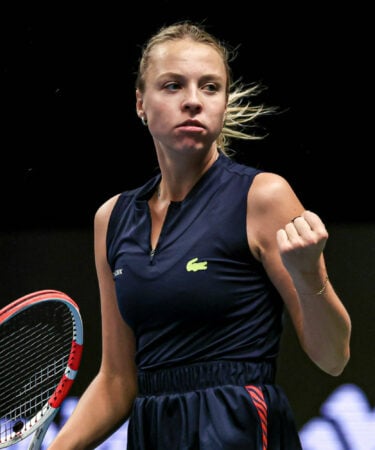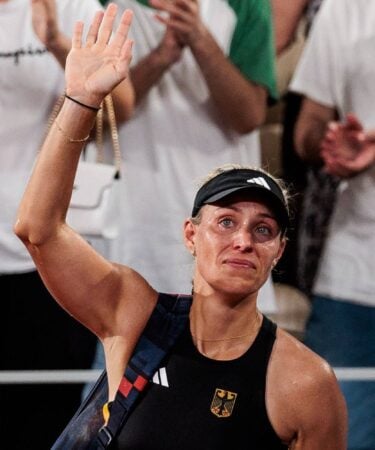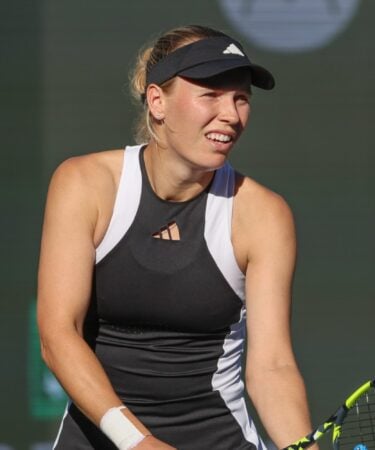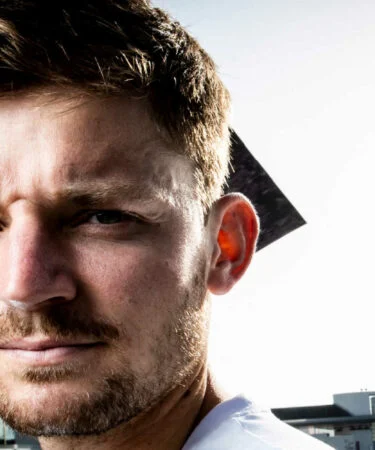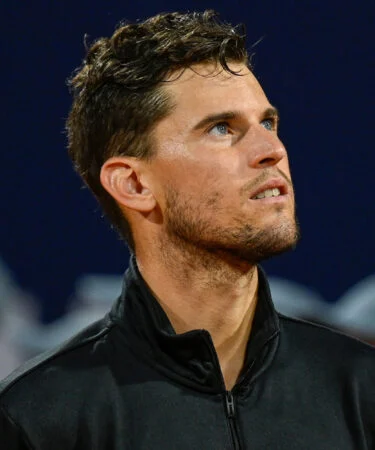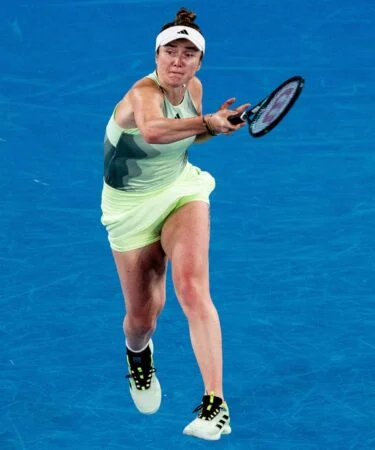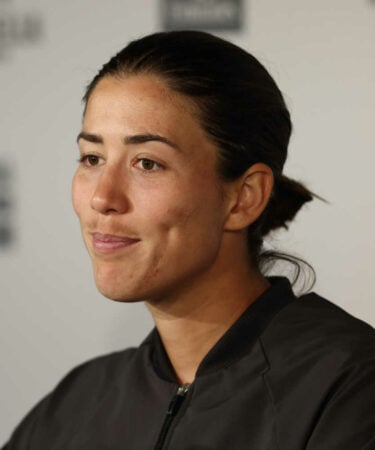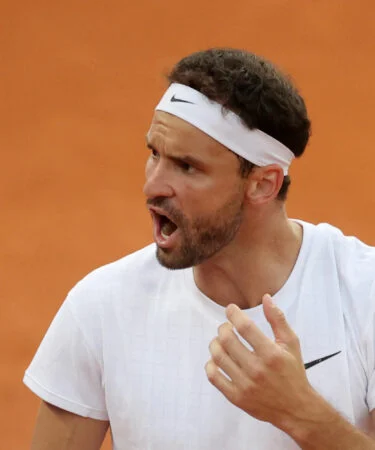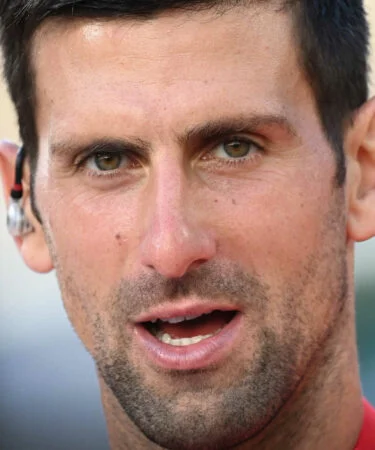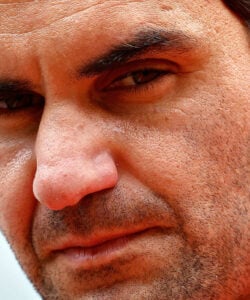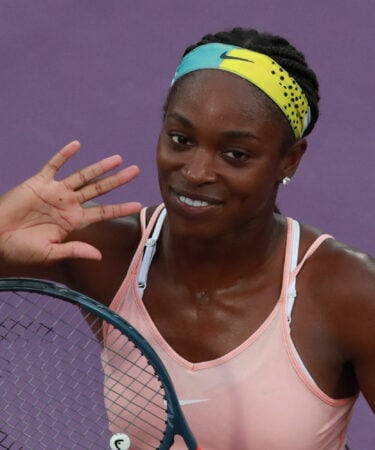Biggest names aside, how success at the ATP Finals or WTA Finals can be a poisoned chalice
The physical and mental effort of reaching and then doing well at the season-ending events can take their toll the following year
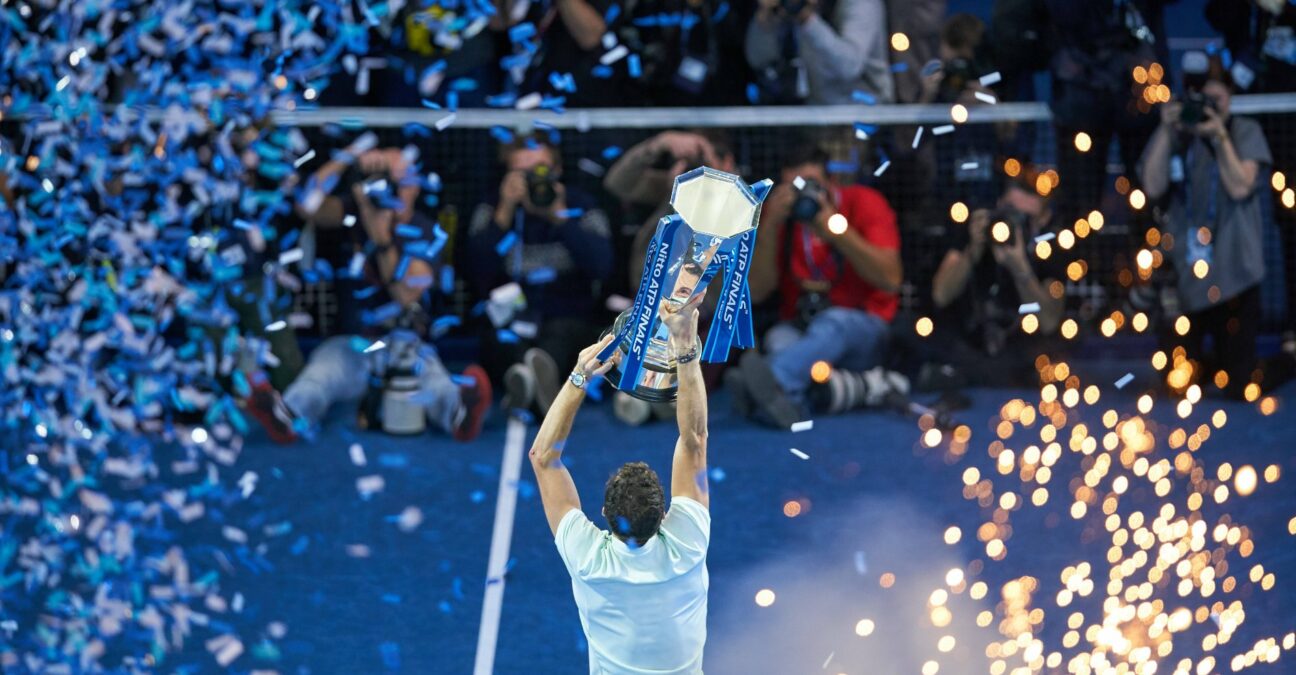 Grigor Dimitrov, ATP Finals 2017 – © Imago / Panoramic
Grigor Dimitrov, ATP Finals 2017 – © Imago / Panoramic
Outside of the four Grand Slam events, the season-ending finals – ATP Finals and WTA Finals – are the most prestigious competitions in tennis. For many, it’s ne of their biggest goals at the beginning of each year; for some it’s an aspiration, for others it’s a wild hope, but not really on their radar.
Reaching the elite eight-player events means that they have been among the most consistent players on the Tour throughout the calendar year. For some, it’s a springboard to even bigger things, but for those who then win the title, or get to the final – outside of the big guns – it can be a difficult balancing act.
As this year’s Finals begin, we take a look back at recent editions, and the effect that doing well at the Finals has had on their performances in the following year.
Champions who have struggled
This isn’t about the true big guns; Novak Djokovic, Rafael Nadal, Roger Federer and Serena Williams all had no trouble carrying things over into the following year. Their level is so high and their status in the game so great that this doesn’t apply to them. But for others, it’s not quite so simple.
Let’s take a look at some of the names who’ve won the title or reached the final in recent years. On the women’s side, there’s Caroline Garcia, the defending champion, Garbine Muguruza, Elina Svitolina, Dominika Cibulkova, Agniesza Radwanska, all of whom won the title, and Anett Kontaveit and Sloane Stephens among recent finalists.
On the men’s side, the title has been won by Alexander Zverev (twice), Stefanos Tsitsipas, Grigor Dimitrov and Andy Murray Murray doesn’t quite fit the bill of the big three but of course is a bone-fide legend of the sport. It could well be argued that winning the ATP Finals in 2016 after an incredible second half of the year may have pushed his body over the top – his injury problems really began in 2017). And the finalists since 2010 include Dominic Thiem (twice), David Goffin and Jo-Wilfried Tsonga.
All of them are top players, of course. But for some, their efforts at the season-ending event may not have had the effect they expected.

Caroline Garcia, from high to low
Caroline Garcia began 2023 on a high, having won the WTA Finals in stunning fashion, her high-risk strategy paying off brilliantly in the Finals. The Frenchwoman had already opened up, bravely, about her battles with depression and she knew that expectations would be even greater that maybe she could win a first Grand Slam title.
“I think it’s happening to a lot of athletes and a lot of also regular person because we are still human and we go through a lot of emotions,” she said in Australia this year. “You have to travel a lot. Even when you have a regular job or regular life, it’s happening to you. It’s the same for us as athletes. It’s important if you want to talk about it.”
We are still human and we go through a lot of emotions
Caroline Garcia
Garcia began well enough, reaching the fourth round in Melbourne and then finals in Lyon and Monterrey, but in the biggest events, she struggled. She lost in the second round at Roland-Garros, in the third round at Wimbledon and then in the first round at the US Open, when she was understandably affected by the death of her grandmother.
As she often does, she has picked up again in the final quarter of the season but she has not really built on last year and failed to qualify for this year’s event. Her opponent in the final last year, however – Aryna Sabalenka – has enjoyed a stellar year, winning her first Grand Slam title at the Australian Open.
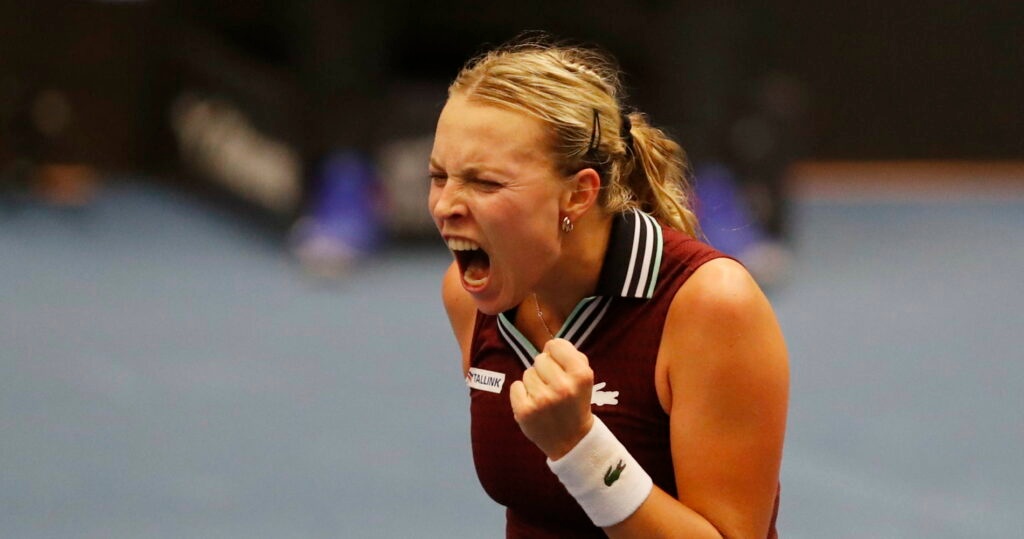
Muguruza battles for consistency; Kontaveit hit by injury
Garbine Muguruza had already won two slam titles by the time she won the WTA Finals in 2021 but just as it seemed she would push on again and have another big year, she too faltered. She lost in the second round at the Australian Open, in the first round at Roland-Garros and Wimbledon and though she made the third round in New York, it was a disappointing year, so much so that she has not played since February 2022 and shows little sign of wanting to return, yet.
Kontaveit, beaten by Muguruza in the final, is now retired, injury getting the better of her. The Estonian had left the WTA Finals excited about the future but her back had other ideas.
Not just her back. In 2022, she struggled with the after-effects of Covid-19, needing a lot of time to get back to full fitness. In the end, though, tests at the end of 2022 showed that her back would get worse if she continued to play and for her own long-term health, playing tennis was not the future. She played her last match at Wimbledon in 2023.
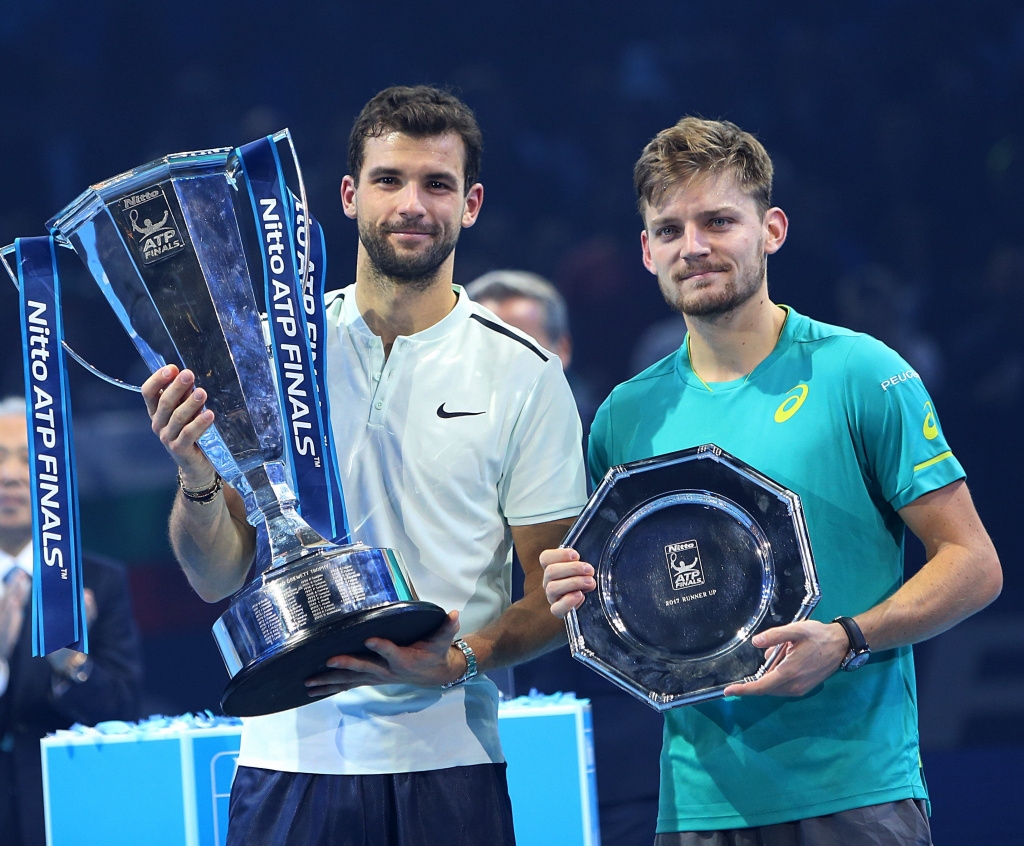
Dimitrov, Goffin hit highs in 2017, then find things tough
The ATP Finals have also seen their fair share of winners who didn’t go on to achieve what they – and others – expected of them. Take Grigor Dimitrov, who crowned his best ever year in 2017 by winning the biggest title of his career in London. The Bulgarian carried over his stunning form into the Australian Open the following year, but he lost surprisingly to Kyle Edmund in the quarters.
He reached the final in Rotterdam in February 2018 but since then, believe it or not, he has made just one more final, in Geneva in 2023, a year in which he has regained much of his confidence. But in 2018, though there were some high points, he lost twice in the first round of slams; at Wimbledon and the US Open, to the same man (Stan Wawrinka). By the time the year was out, he had fallen from a career-high of No 3 to No 19.
“Each year you’re growing, growing, you’re No 3, what is the next step? Wow, I can be No 1,” he said, after his Wimbledon loss. “Of course, there’s an accumulation of a lot of matches, beating up on the body, especially on the mental side, considering how many matches I had to fight through and come back from a set down on many occasions.”
David Goffin reached the final in 2017, beaten by Dimitrov, and also helped his country reach the Davis Cup final for the second time in three years. Perhaps it was the disappointment of missing out on the latter, or just the sheer physical and mental effort it took to get to those two big finals, but Goffin was not the same player in 2018, ending his season in September due to elbow pain and then slipping out of the world’s top 20.
Thiem reaches final in 2019 and 2020
Dominic Thiem made the final in 2019, losing to Stefanos Tsitsipas in the decider. The Austrian had been improving year on year, making two Roland-Garros finals and his run to the final in London in 2019 was the springboard for big success in 2020, when he won the US Open title for his first Grand Slam victory.
That, though, was the start of a down-turn for Thiem, who found motivation hard to come by soon after and then, when he did start to train harder again, picked up a serious wrist injury from which he is still recovering. It’s probably too harsh to say that doing well in London affected him badly.
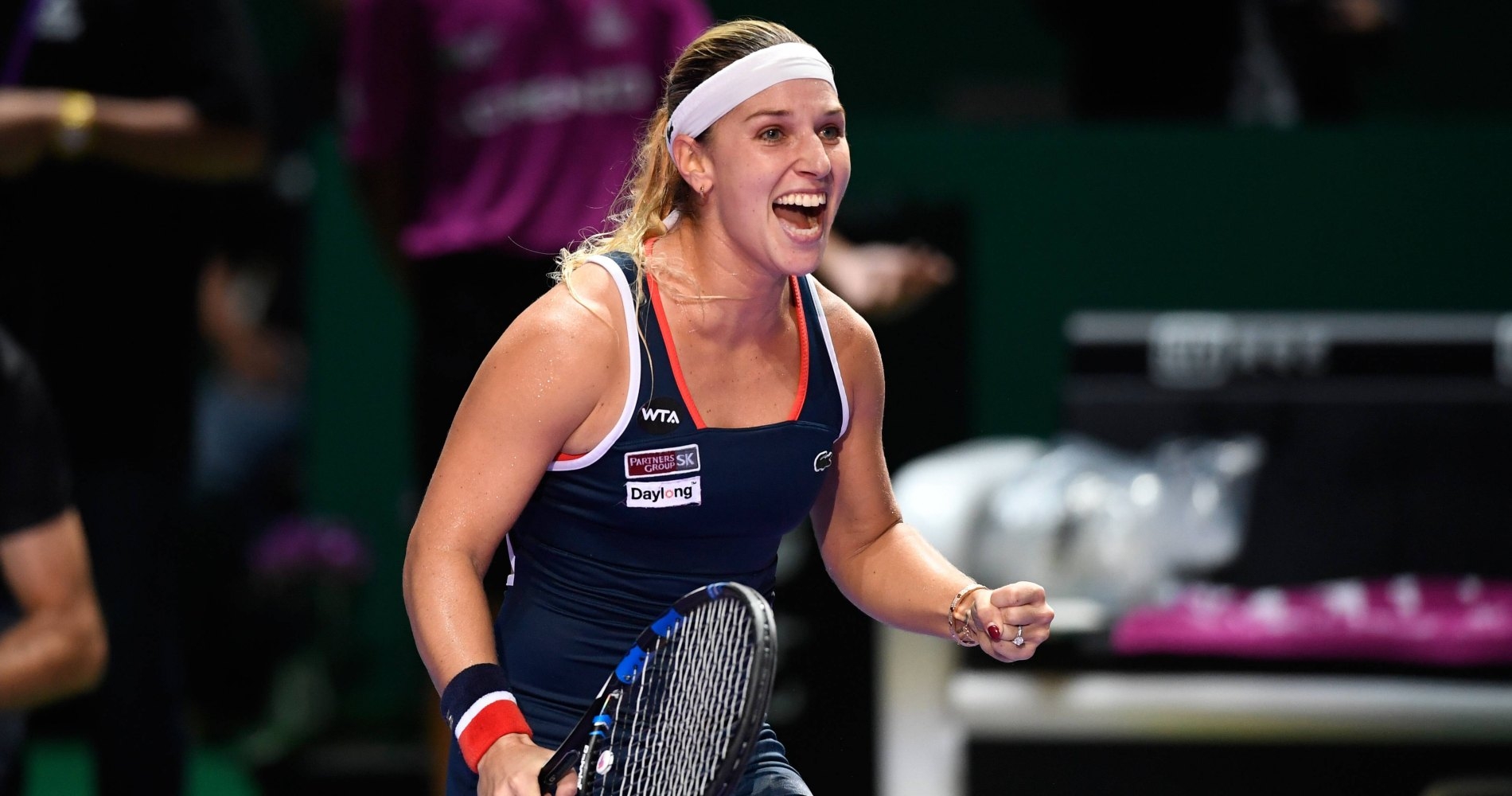
If not exactly a curse, reaching finals is a physical and mental strain
It’s impossible to say for sure why some players struggle after reaching their respective Tour Finals but the physical impact of playing so many matches – perhaps more in a year than they have ever played before = should not be underestimated.
A shorter off-season, as a result, and less time to recover in general, opens players up to the possibility of injury. Casper Ruud didn’t get injured after he reached the final in Turin in 2022 but he was struggling to win a match in the first five months of the year, a run that only ended when he hit clay, making the French Open final for the second year in a row.
Dominik Cibulkova stunned the WTA Finals field when she came through it to win in 2016 but she struggled in 2017, reaching just one final and falling to a ranking of No 26. Sloane Stephens made the final in 2018 but in 2019, at one point, she lost seven straight matches on Tour.
In many ways, all these stats just serve to illustrate how impressive Djokovic, Nadal and Federer, on the men’s side, and Serena Williams, in particular (Maria Sharapova, Caroline Wozniacki, Angelique Kerber and others were also still consistent) were. And of course, their presence was also a big factor in stopping some of the surprise finalists or winners from going on to bigger things the following year.
Perhaps this year’s winners and finalists will buck the trend.


